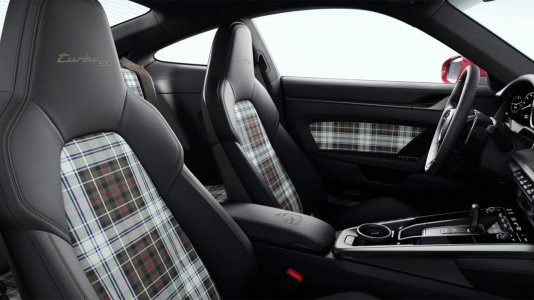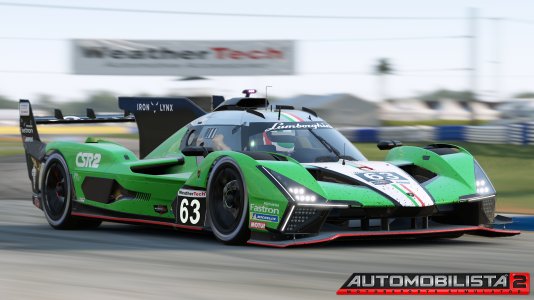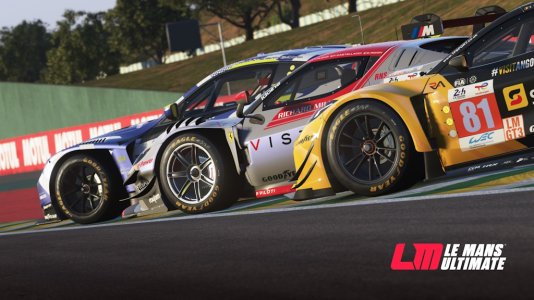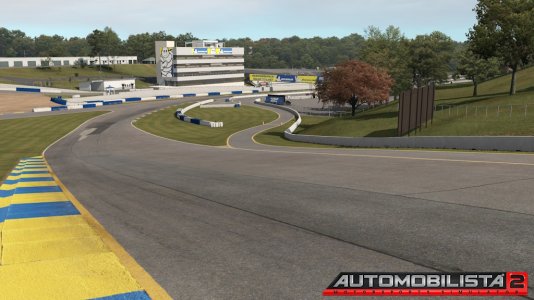My sim driving is Assetto Corsa with an office chair and wheel stand.
Without a harness keeping one's back contacting them,
back transducers seem of arguable benefit.
Already using SimHub,
having unused motherboard 7.1 sound and obsolete Denon surround receiver,
a ShakeSeat pad (no longer available) was ordered because:
with e.g. 40cm square zippered cushion covers and EVA foam floor tiles.
Without a harness keeping one's back contacting them,
back transducers seem of arguable benefit.
Already using SimHub,
having unused motherboard 7.1 sound and obsolete Denon surround receiver,
a ShakeSeat pad (no longer available) was ordered because:
- Sim Racing Garage review
- Dayton TT25-16 pucks were, at the time, in short supply elsewhere
with e.g. 40cm square zippered cushion covers and EVA foam floor tiles.
For example, an inside tire may be fully unloaded during cornering,
with very high slippage, but no perceived sensation in actual driving.
Haptic slip effects ideally change frequency based on slip
but change amplitude based on load,
which was impossible using only earlier SimHub support.
This SimHub profile attempts to approximate track sensations from street tires,
when securely harnessed in a fitted racing seat.
Usefulness of such haptic feedback may vary widely among users:
- e.g. Niels Heusinkveld indicated that seat feel is overrated
and he cued more visually off horizon movement
than deceleration and cornering simulation from harness tensioners,
but reduced a sense of "something missing".
Unambiguously directional haptic cues
wants direct stimulation of body parts,
e.g. left and right thighs, lumbar and/or sit bones.
Original 4-puck SRS ShakeKit cushion is no longer available,
but equivalent DIY PuckSeat assembly is not very hard.

Sensations to be simulated here:
- squeal for small slippage, transitioning to moaning with more slippage,
- then shuddering near breakaway,
with intensities proportional to tire loadings
with Custom Effects
- latitudinal and longitudinal acceleration properties
- loaded tire slips, products of tire slip properties times accelerations
heavily loaded small slip could not be generated
as strong high frequency tactile effect
until SimHub added Forced frequency option.
Accelerations were originally estimated from speed and yaw changes,
serving as G force proxies.
Earlier SimHub versions sampled speed and yaw
at a lower rate than Assetto Corsa telemetry waas updated,
resulting in some changes 2x others, which code here detects and mitigates.
Loaded tire slip corner effects use products of tire slips and G force proxies:
A complete SimHub ShakeIt profile is available on GitHub.
It is now IMO obsolete.
SimHub slip telemetry in this profile is not portable among all games;
specifically, iRacing provides no slip telemetry.
An upgraded ShakeIt profile based on slip/grip ratio is recommended:
- requires less car/track/sim-specific tweaking
- delivers haptics better correlated with tires reaching grip limit,
based on slip/grip ratios. - Improved grip estimation combines lateral and longitudinal
and is modulated by heave
Last edited:












